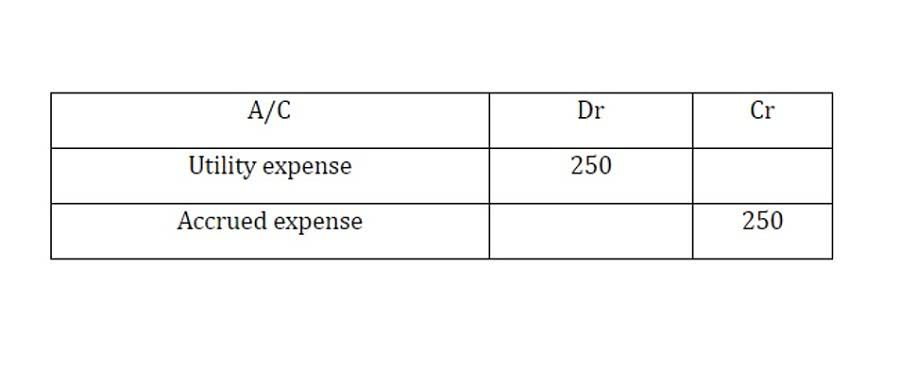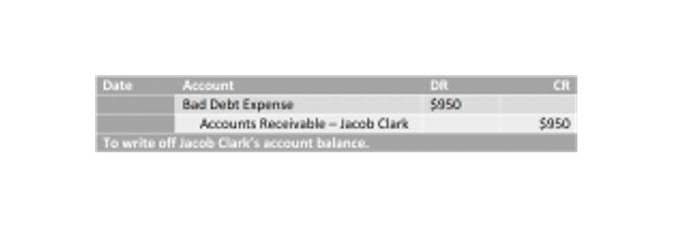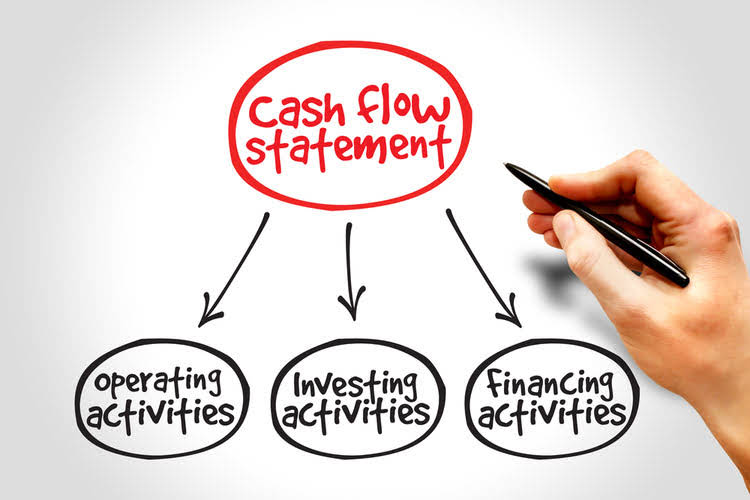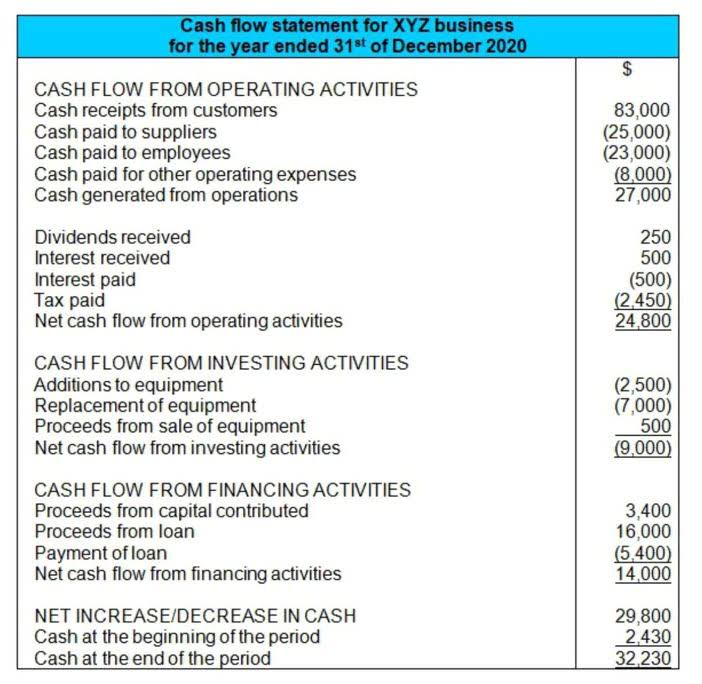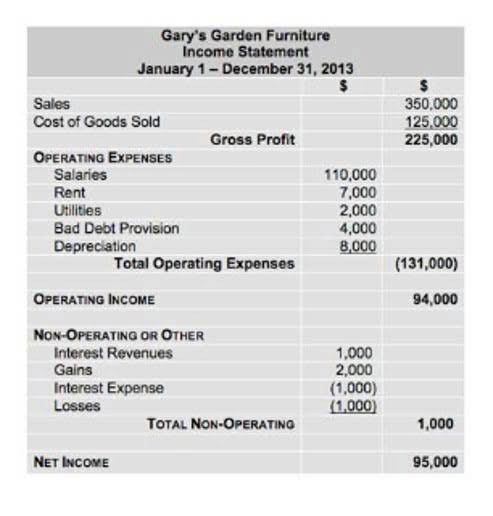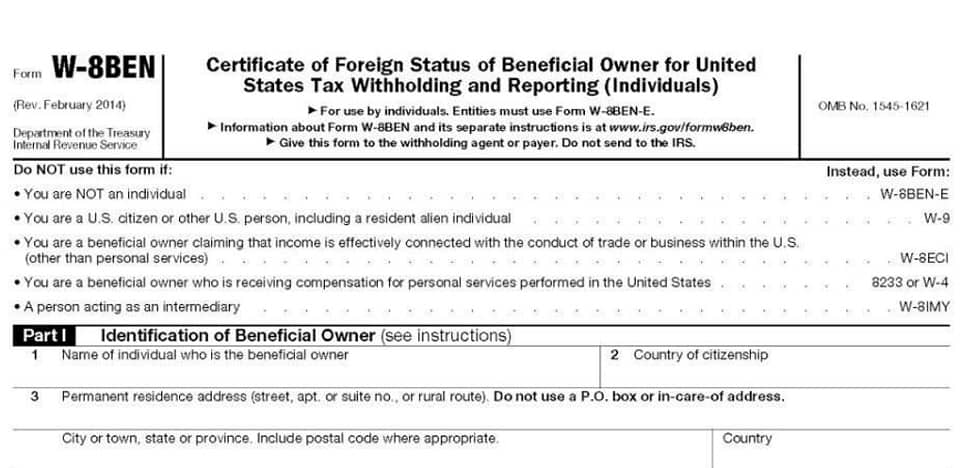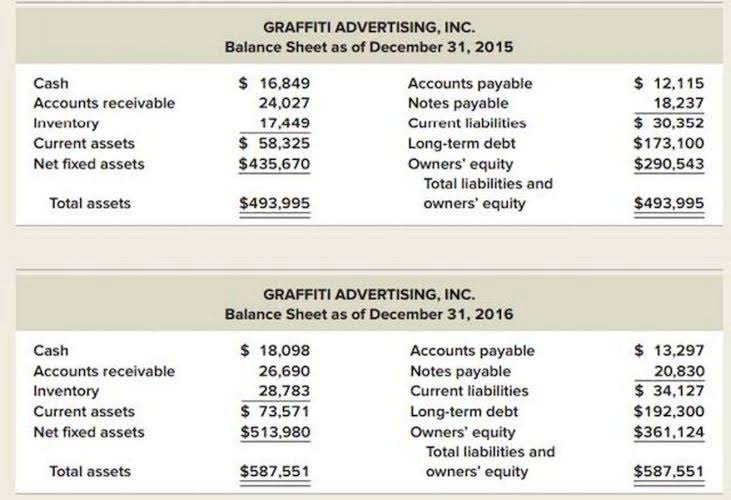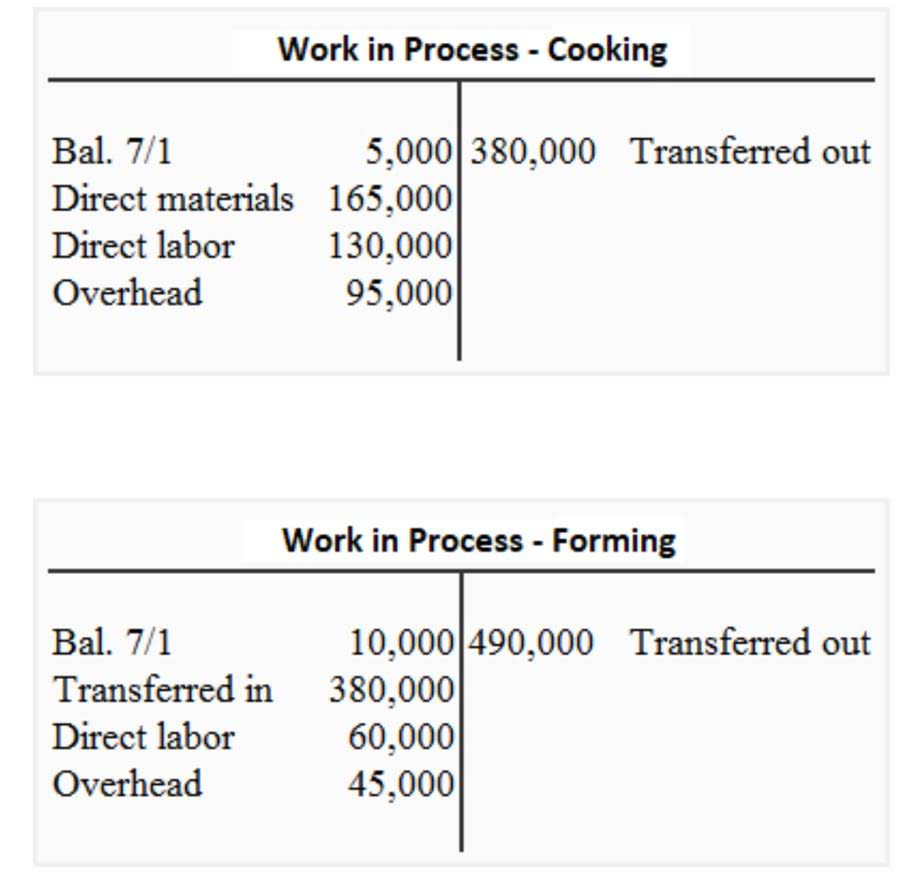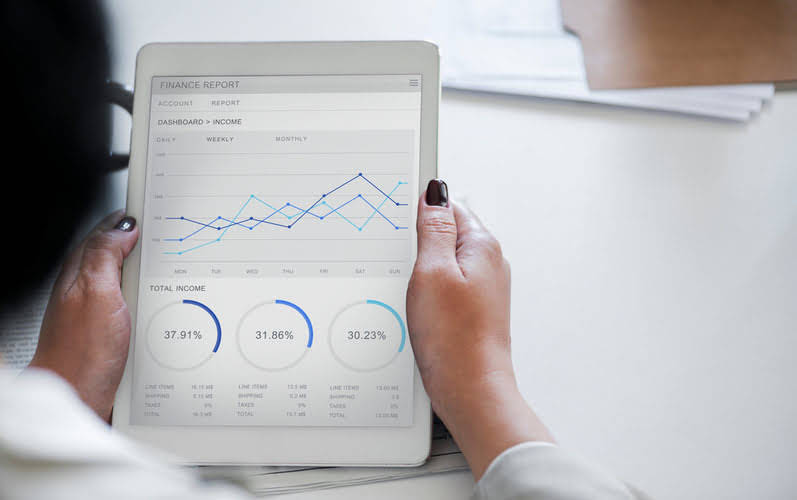Posted:
2023년 4월 26일
Accounting Cycle Analyzing, Journalizing, Posting, Summarizing

Recall that the general ledger is a record of each account and its balance. Reviewing journal entries individually can be tedious and time consuming. The general ledger is helpful in that a company can easily extract account and balance information. Let’s say a company has $3,000 worth of rent expenses per month that needs to be posted for the annual general ledger. A subsidiary ledger would contain details of the rent expenses, including a line item per month debited in “Rent” and credited in “Accounts Payable”.
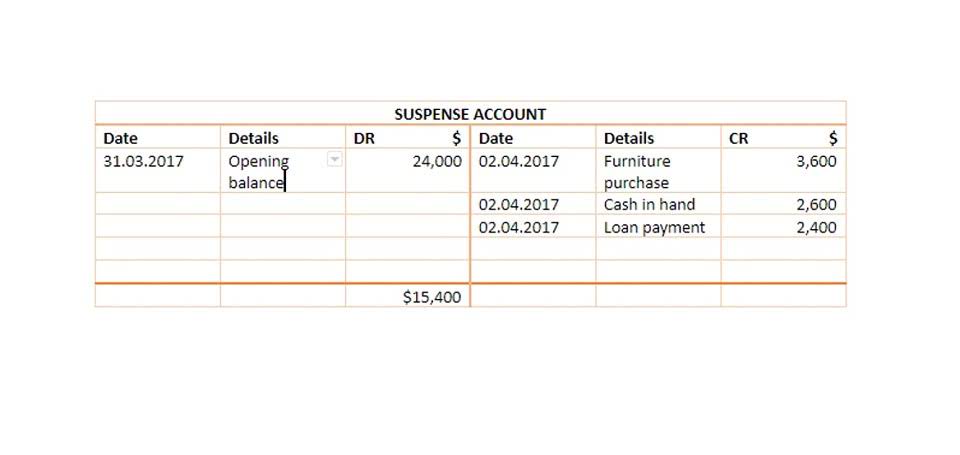
Why You Can Trust Finance Strategists
At the end of every accounting period, some transactions are missed from the records. The recording of such transactions in the books of accounts is known as adjusting entries. Such entries are usually made to adjust the income and expense accounts. The accounting cycle begins with the journalizing of transactions and ends with the post-closing trial balance.
Looking for an accounting or bookkeeping job?
More detail for each of these transactions is provided, along with a few new transactions. Notice that for this entry, the rules for recording https://www.bookstime.com/articles/sales-journal journal entries have been followed. Accountants use special forms called journals to keep track of their business transactions.

Understanding the 8-Step Accounting Cycle
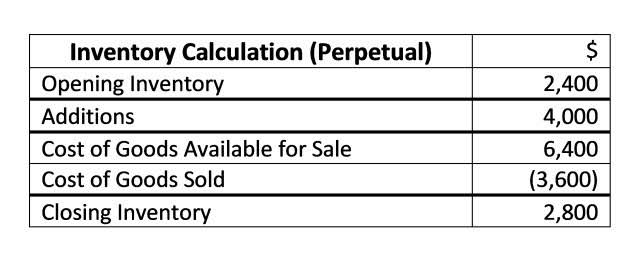
The eight-step accounting cycle process makes accounting easier for bookkeepers and busy entrepreneurs. It can help to take the guesswork out of how to handle accounting activities. It also helps to ensure consistency, accuracy, and efficient financial performance analysis. Finally, a company ends the accounting cycle in the eighth step by closing its books at the end of the day on the specified closing date.
At the end of the accounting period, a trial balance is calculated as the fourth step in the accounting cycle. A trial balance shows the company posting accounting its unadjusted balances in each account. The unadjusted trial balance is then carried forward to the fifth step for testing and analysis.
If you debit an account in a journal entry, you will debit the same account in posting. If you credit an account in a journal entry, you will credit the same account in posting. After transactions are journalized, they can be posted either to a T-account or a general ledger. Remember – a ledger is a listing of all transactions in a single account, allowing you to know the balance of each account. The ledger for an account is typically used in practice instead of a T-account but T-accounts are often used for demonstration because they are quicker and sometimes easier to understand.
- Notice that after posting transaction #2, we now can get a more updated balance for each account.
- A journal is often referred to as the book of original entry because it is the place the information originally enters into the system.
- Such entries are usually made to adjust the income and expense accounts.
- It gives you concrete data on whether you’re making a profit, where you can save money, and whether you have enough cash flow to keep the business running smoothly.
Grocery stores of all sizes must purchase product and track inventory. While the number of entries might differ, the recording process does not. For example, Colfax might purchase food items in one large quantity at the beginning of each month, payable by the end of the month. Therefore, it might only have a few accounts payable and inventory journal entries each month. Larger grocery chains might have multiple deliveries a week, and multiple entries for purchases from a variety of vendors on their accounts payable weekly.
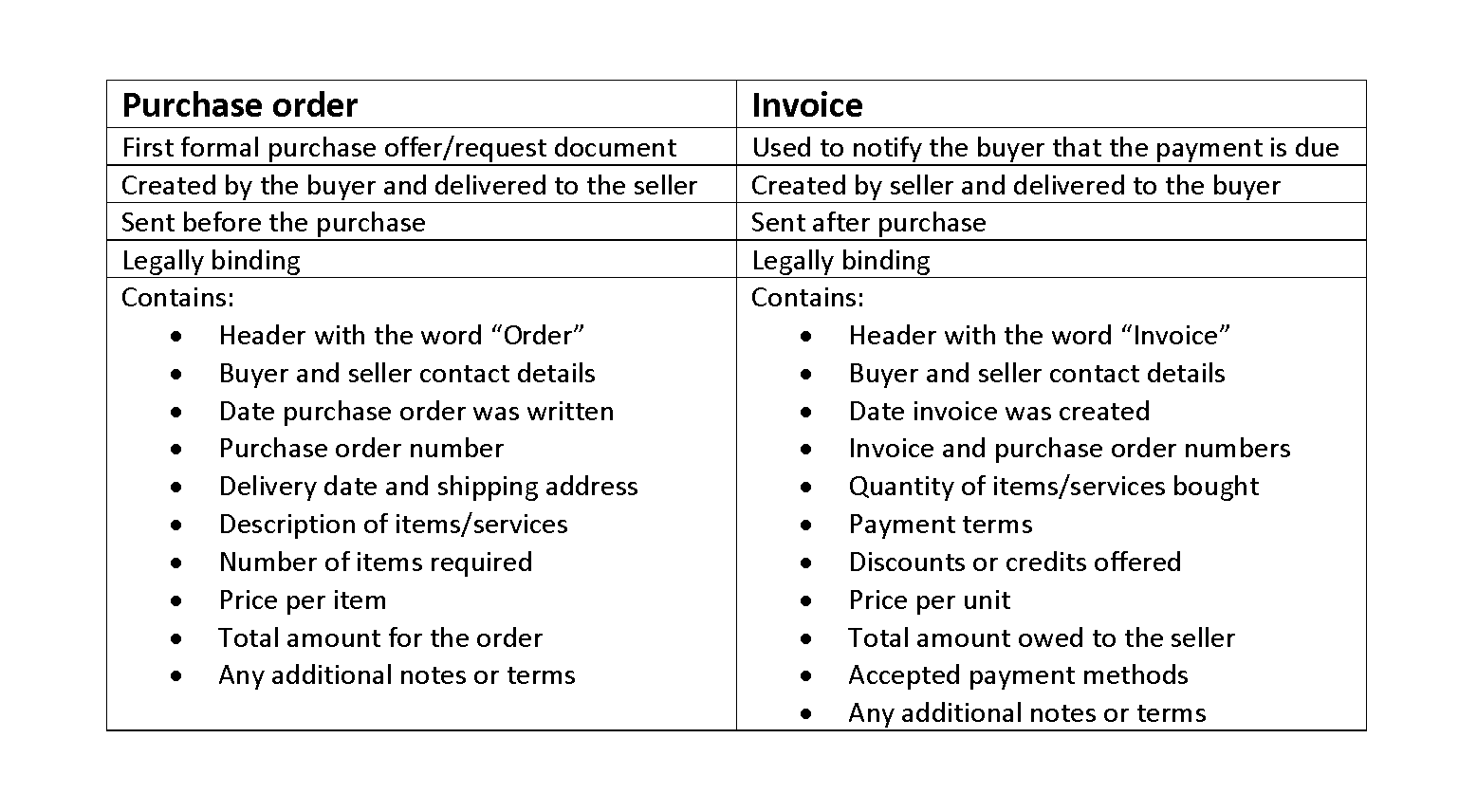
Without Journal Entries
Most companies seek to analyze their performance on a monthly basis, though some may focus more heavily on quarterly or annual results. Imagine the bookkeeper as the data collector, meticulously recording every financial transaction. The accountant takes that raw data and transforms it into a meaningful story. When we studied about real accounts, you understood that there are some accounts that do not vanish after the accounting period ends. The balances of assets and liabilities are carried forward to the next accounting year.

